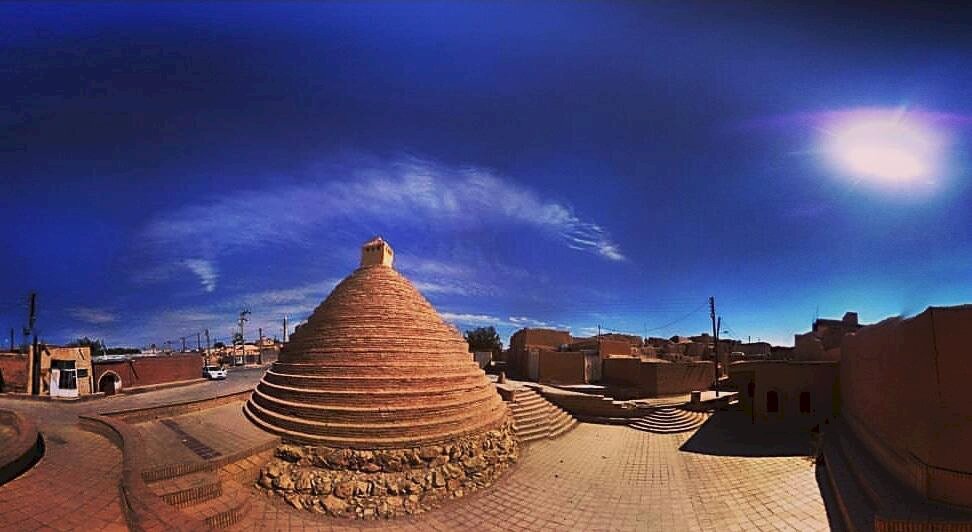Center for handicrafts to make debut in centuries-old village

TEHRAN – A center for handicrafts will be established in the centuries-old village of Biabanak, Sorkheh county, north-central province of Semnan.
The center aims at holding training courses as well as promoting Iranian handicrafts and works of traditional arts, Sorkheh’s tourism chief has said.
The center has been established in the historical Ab-Anbar (cistern) of the village, which has been fully restored, Bahman Akhlaqi announced on Saturday.
The historical texture of Biabanak village, which dates back to the Safavid era (1501-1736), has been inscribed on the national heritage list.
With 14 entries, Iran ranks first globally for the number of cities and villages registered by the World Crafts Council, as China with seven entries, Chile with four, and India with three ones come next.
In January 2020, the cities of Shiraz, Malayer, and Zanjan and the village of Qassemabad were designated by the WCC- Asia Pacific Region, putting Iran’s number of world crafts cities and villages from ten to 14.
Shiraz was named a “world city of [diverse] handicrafts”. Malayer was made a global hub for woodcarving and carved-wood furniture. Zanjan gained the title of a “world city of filigree”. And Qassemabad village, which is nationally known for its traditional costumes, was also promoted to a world hub of handicrafts. Chador Shab, a kind of homemade outer garment for women, was, however, the main subject for the WCC assessment for the village.
The value of Iran’s handicrafts exports stood at $120 million during the first eleven months of the past Iranian calendar year 1399 (March 20, 2020 – February 18, 2021), Mehr reported. The country’s handicrafts exports slumped during the mentioned months in comparison to the same period last a year earlier due to the damage the coronavirus pandemic has inflicted on global trade.
The Islamic Republic exported $427 million worth of handicrafts during the first eleven months of the calendar year 1398. Of the figure, some $190 million was earned via suitcase trade (allowed for customs-free and tax-free transfer) through 20 provinces, according to data compiled by the Ministry of Cultural Heritage, Tourism and Handicrafts.
Ceramics, pottery vessels, handwoven cloths as well as personal ornamentations with precious and semi-precious gemstones are traditionally exported to Iraq, Afghanistan, Germany, the U.S., the UK, and other countries.
ABU/MG

Leave a Comment